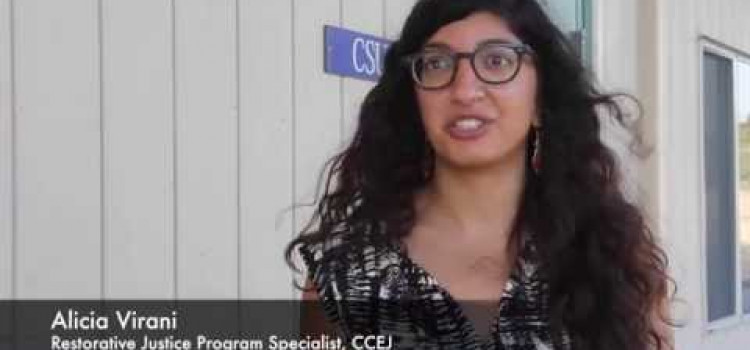

Long Beach students and teachers gathered at Reid High School Thursday to discuss the positive impacts of “restorative justice,” an alternative approach to resolving conflicts on school campuses.
“We wanted to uplift Reid and Beach High School because they both have made a huge commitment to restorative justice” said Alicia Virani, a restorative justice program specialist for The California Conference for Equality and Justice (CCEJ). “Everyone is doing a lot of work here to be restorative and to stop suspensions and expulsions.”
Restorative justice practices have been implemented as a response to zero-tolerance or punitive forms of punishment that disproportionately affect African American and Latino students.
“Zero-tolerance policies get rid of the person but they don’t get rid of the problem,” said Suzanne Caverly, a restorative justice coordinator at Beach High School. “In restorative justice what we actually do is require the student to stay, and when we require the student to stay, we also give them an opportunity to make it right.”
Reid High School is in its second year using restorative justice techniques with support from The California Conference for Equality and Justice, a human relations organization working to combat institutional racism in America. For more information, visit http://www.cacej.org/.
